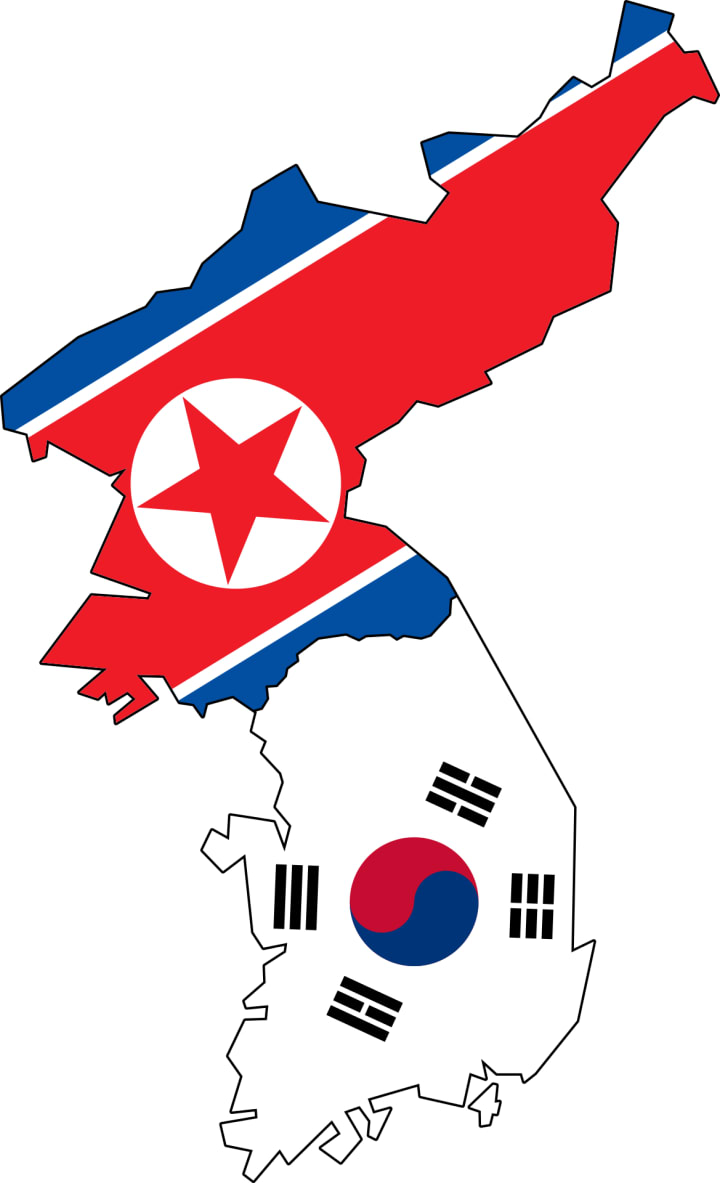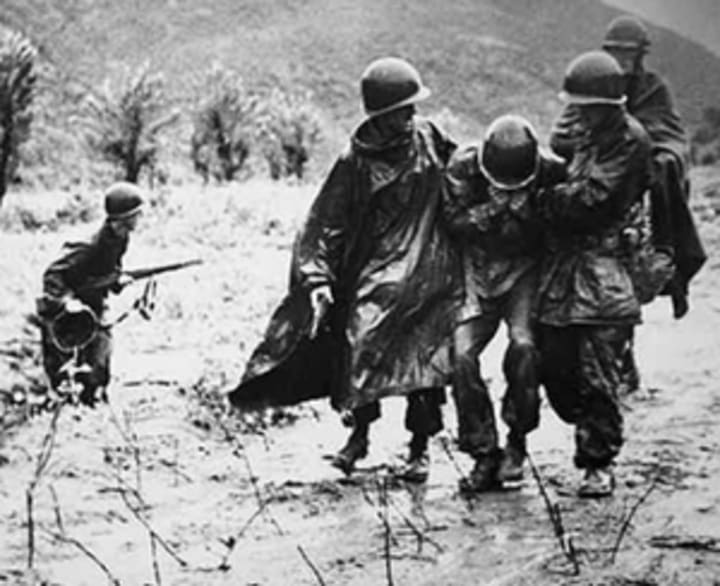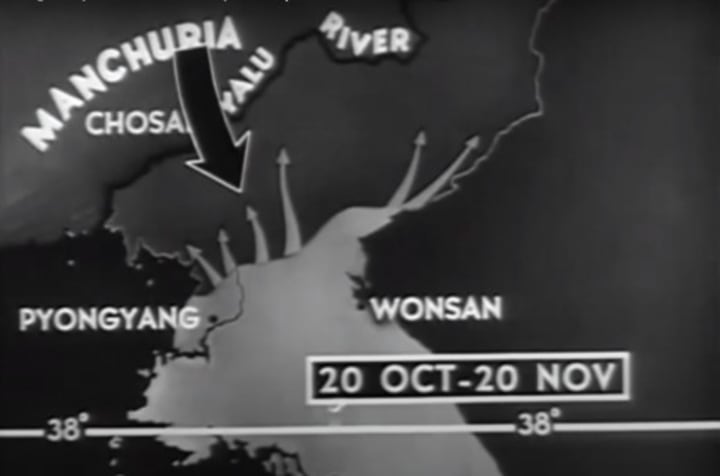Korean War and the change in position of the 38th parallel
Demarcation line which we even today call as the 38th parallel is not a circle of latitude that is 38 degrees north.

North Korea is an isolated nation that proclaims its southern neighbor South Korea as its enemy. North Korea blew up its joint liaison office with South Korea on 16 June 2020, in a dramatic and carefully planned display of rancor toward its southern neighbor. Till the end of the Second World War, there was no separate North and South Korea and they were collectively called Korea. In this article, we will see what led to the separation of Korea and the Korean War, which was fought after the separation in detail.
Separation of Korea
At the end of the Second World War, Korea — which had formerly been occupied by the Japanese — was divided along the 38th Parallel (38 degrees North) by the United States (US) military planners Dean Rusk and Charles Bonesteel, as a temporary division of the country. But the onset of the Cold War (rivalry that developed after World War II between the US and the Soviet Union and their respective allies) led to the establishment of two separate governments — a US-oriented regime in South Korea and a communist regime in North Korea. Upon the recommendation of the United Nations (UN), elections were scheduled for both North and South Korea, but North Korea refused to participate. South Korea elected Syngman Rhee as its president. North Korea was ruled by Kim Il Sung.

Korean War
75,000 soldiers from the North Korean People’s Army poured across the 38th parallel on 25th June 1950, which marked the beginning of the Korean War. As soon as the invasion of North Korea came as an alarming surprise to the American officials, they feared this as the first step in a communist campaign to take over the world.
It took only two days for the US President Truman to commit the United States military to the defense of South Korea. President Truman started to build a coalition with South Korea by enlisting support from the UN. Of course, the Soviet Union could veto any proposed action by the Security Council, since it was a permanent member of the Security Council from 1945. But at this time, the Americans were in luck, as the Soviets were boycotting the Security Council for refusing to admit China into the United Nations. As a result, the UN Security Council voted unanimously to “repel the armed attack” of North Korea. Troops were sent from many countries to defend the South from North Korea.
The war was a defensive one at first, to get the communists out of South Korea, but it went badly for the Allies. The North Korean army was well-disciplined, well-trained, and well-equipped, whereas the South Korean by contrast, were frightened, confused, and seemed inclined to flee the battlefield at any provocation.
The summer of 1950 was also one of the hottest on record. Since it was very hot, desperately thirsty American soldiers were often forced to drink water from rice paddies that had been fertilized with human waste. As a result, illnesses and dangerous diseases were a constant threat to Americans. President Truman and General Douglas MacArthur, the commander in charge of the Asian theatre, had decided on a new set of war aims, by the end of the summer.

China enters the Korean War
The Korean War was an offensive one for the Allies at this stage. The Korean War was fought to “liberate” the North from the communists. Caught by surprise, the communist-backed northern forces reeled in retreat. American led-forces pushed the northern troops to the 38th Parallel and kept going. The United States pushed the northern army up to the Yalu River, which borders China. President Truman hoped to reunite both North and South Korea. But on November 27, Truman’s hopes were dashed when over 400,000 Chinese soldiers flooded across the Yalu River. In 1949, Mao Tse-tung, a communist revolutionary had established a communist dictatorship in China, which was the world’s most populous nation also at that time. When the Northern Army was pushed to the Yalu River by the UN forces, the communist Chinese sought to aid the communists in Northern Korea. At this point, China entered the war and again pushed the UN forces back into the South.

President Truman fires General McArthur
At the early half of 1951, fighting stalled and armistice negotiations began in July. General MacArthur sought to bomb the Chinese mainland and blockade their coast as he decided to escalate the war. Truman disagreed with General McArthur’s decision as he feared an escalation of the conflict could lead to World War III, especially if the nuclear-armed Soviet Union lent assistance to China. McArthur was not convinced by Truman’s approach and decided to escalate the war. As a result disgruntled, McArthur took this case directly to the American people by openly criticizing Truman’s approach, after which President Truman, promptly fired him for insubordination.
End of Korean War
Meanwhile, the Korean war evolved into a stalemate, with the front line corresponding more or less to the 38th Parallel which was drawn at the end of the second world war. But ceasefire negotiations continued for two more years, beyond the Presidency of Truman. Finally, on July 27, 1953, an armistice was signed at Panmunjom after which, North Korea remained a communist dictatorship, and South Korea remained under the control of Syngman Rhee, a military strong man.
After the end of the Korean War, the position of the 38th parallel changed. Thus, the demarcation line which we even today call as the 38th parallel is not a circle of latitude that is 38 degrees north.
About the Creator
Enjoyed the story? Support the Creator.
Subscribe for free to receive all their stories in your feed. You could also pledge your support or give them a one-off tip, letting them know you appreciate their work.






Comments
There are no comments for this story
Be the first to respond and start the conversation.